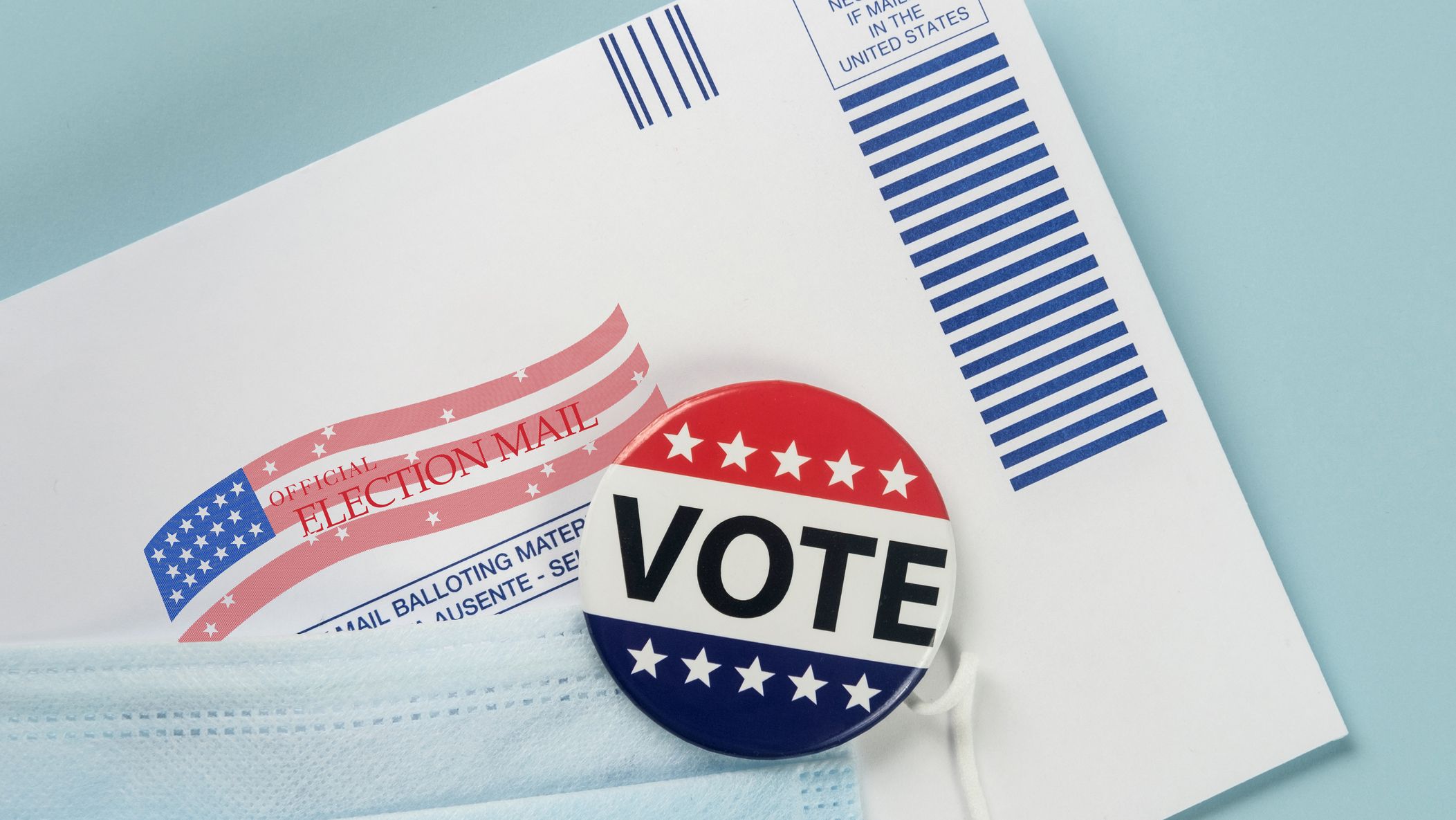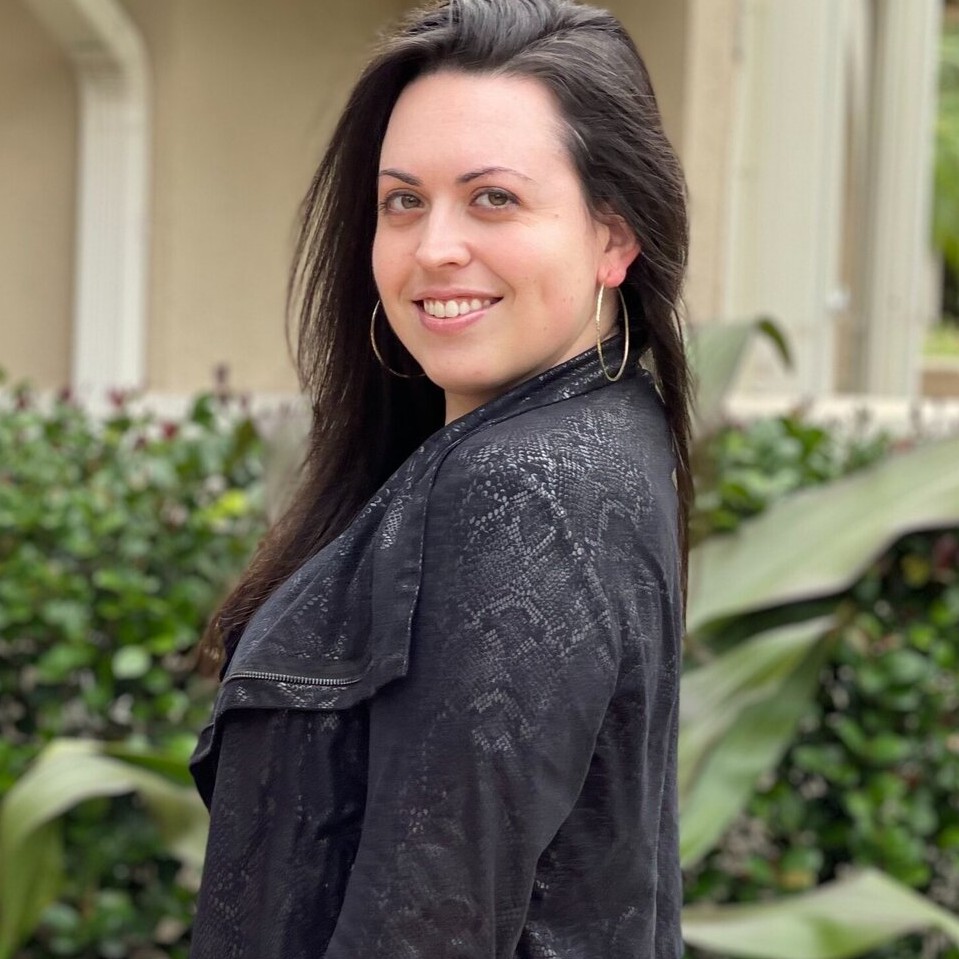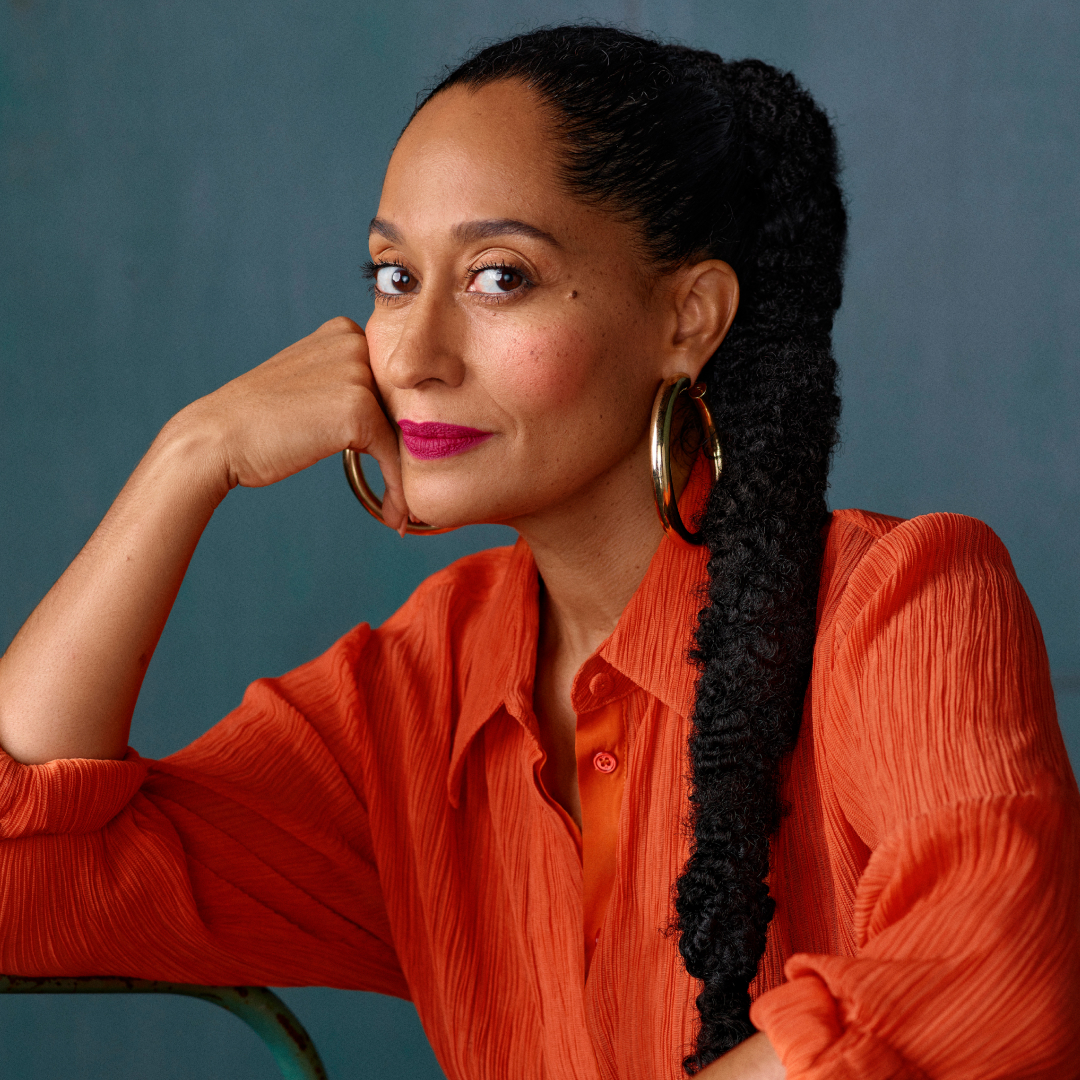What Is Ranked-Choice Voting, and How Does It Work?
Everything you need to know about the increasingly popular voting system upon the 2022 midterm elections.


New York City, Maine, Alaska. These are some of the cities and states that have adopted ranked-choice voting (RCV) in recent years. The bipartisan voting system, which allows voters to rank candidates in order of preference, has remained relatively under the radar. However, ranked-choice voting is gaining more popularity across the country, and it's safe to say you'll be hearing more about it during the 2022 midterm elections. Below, find everything you need to know about ranked-choice voting, including whether or not it will be a measure on your ballot this fall.
What Is Ranked-Choice Voting?
Ranked-choice voting allows voters to rank multiple candidates on the ballot in order of preference instead of choosing just one candidate. If a candidate gets over 50 percent of the vote, they are considered the winner. If no candidate gets a majority of the vote, the last-place candidate is eliminated and there's a second round of tallying. (Voters' first choice is counted in the first round, but if the voters' number one candidate is eliminated after the first round, their second choice is counted, and so on.) The goal is to elect a candidate with majority support.
What Cities and States Have Adopted Ranked-Choice Voting?
As of September 2022, 56 cities, counties, and states have adopted ranked-choice voting (the exact breakdown is two states, one county, and 53 cities). While some areas use the voting system solely in their primary elections, others use it in their general elections as well. For example, the Virginia GOP uses it in their primaries and Maine (the first state to use RCV in a federal election) uses it in both primary and general elections.
“In municipalities, it's often used for general elections to replace a two-round runoff system because runoffs have proven to be expensive and have a big decline in turnout,” explains Rachel Hutchinson, a research analyst at FairVote—a nonpartisan organization that advances voting reforms. “It takes the decisive election, the general election, and saves a bunch of time and money.”
After New York City used ranked-choice voting for the first time in 2021, an exit poll confirmed that 77 percent of voters want to use ranked-choice voting in future elections and 95 percent found the ballot simple to complete.
Will My City or State Adopt Ranked-Choice Voting for the 2022 Midterms?
If your city or state hasn’t adopted ranked-choice voting yet, you may be voting in the 2022 midterm elections on whether or not your city or state will use the voting process going forward. According to Hutchinson, there's a record of 10 ballot measures this November to determine the use of ranked-choice voting. There’s a statewide measure in Nevada, but there are also more local ones in places like Evanston, Illinois, Portland, Oregon, Seattle, Washington, and Fort Collins, Colorado.
Depending on the jurisdiction, however, the choice to adopt RCV may not always be on the ballot. In some states, people can choose to put it on the ballot and vote for it. In other states, it has to go through the state legislature. This varies citywide as well. Sometimes the city council can choose to put it on the ballot for the voters to vote on, or the city council can just adopt it. A lot of the time, however, it’s voter initiated because voters want to have more choices and better representation on the ballot.
Stay In The Know
Get exclusive access to fashion and beauty trends, hot-off-the-press celebrity news, and more.
Here's a list of cities and states that have adopted or are in the process of adopting ranked-choice voting. You can also generate a sample ballot on Ballotpedia to see if you'll be voting on it in the midterms.
How Does RCV Increase Representation for Women and Candidates of Color?
Ranked-choice voting is known to increase representation for women and candidates of color. As of January 2022, women make up 51 percent of seats on RCV-elected city councils and represent 12 of the 28 sitting mayors elected by RCV. By making sure that a candidate always wins with a majority of the votes, it allows voters to elect representative winners who have broad support rather than those who achieve a narrow win by appealing to a small base. It also makes it easier for voters to rank their honest preferences rather than just casting their ballot strategically based on who they think is a more viable candidate.
“This incentivizes candidates to reach out to new groups of voters and it allows us to express how we honestly feel about multiple candidates instead of just one,” explains Hutchinson. “It also encourages new and diverse candidates to run, which leads to increased representation of women and candidates of color.”
Campaigning also tends to be more positive since candidates are competing for voters' second and third spots, and they'll be ranking each other on their own ballots. Organizations and politicians have embraced the RCV system and endorsed multiple candidates.
What Are Some Myths About Ranked-Choice Voting?
1) It always takes a long time to receive final election results.
This is false. The amount of time it takes to tally up the final results depends on the election laws and resources of the city or state. Cities that use ranked-choice voting have the ability to immediately produce results on election night, but it will depend on the amount of mail-in ballots that are received, which is where the delay may come in. Places like NYC expected delays in its 2021 primary elections since the city waits until election day to start counting mail-in ballots.
2) Ranked-choice voting will decrease voter turnout.
This is false as there’s not enough evidence to support this. In fact, in Alaska voter turnout was higher than the last three primary elections when ranked-choice voting was used for the first time. While it’s true that a lack of multilingual voter education initiatives could be harmful, election commissions are encouraged to invest in educational resources before ranked-choice voting goes into effect, which likely doesn't occur until the next election cycle.
3) It’s going to destroy the two-party system.
This is false. Political scientists agree that this is unlikely to happen with ranked-choice voting alone. Younger people are, however, more likely to support ranked-choice voting than older people due to their dissatisfaction with the two-party system in America.
4) With ranked-choice voting, political parties are always on the ballot.
Political parties are sometimes on the ballot (like in the 2021 NYC primary elections), but this isn’t always true. Cities and states can require party names on the ballot or not, as well as require people to rank all of the choices or not. These rules will vary depending on where you live.
5) Ranked-choice voting isn't feasible for large elections.
This is false. Maine and Alaska are proof that ranked-choice voting can be successful for large elections. In Alaska's 2022 primary elections, 99.8 percent of ballots cast were valid and Maine has historically had low ballot errors.
Will Ranked-Choice Voting Be Adopted at the Federal Level?
It’s possible, though not likely to occur anytime soon. Hutchinson notes that once we start seeing it adopted more at the state level, there's a better chance at enacting federal legislation surrounding it. Currently, there’s federal legislation in the works that would give states the freedom to adopt ranked-choice voting. There’s also a ranked-choice voting provision in H.R.1, a.k.a. the For the People Act, that ensures election equipment has ranked-choice voting capabilities, and a bill called the Fair Representation Act, which would implement ranked-choice voting for the majority of federal elections.
How Do I Learn More About Ranked-Choice Voting?
Visit FairVote.org for resources about how ranked-choice voting works, where it's used, and general studies about it. If your jurisdiction uses ranked-choice voting, there will likely be information on its website about specific implementation there as well. In the meantime, keep an eye on this statewide ballot measures database, which is updated soon after election night, to find out if a ranked-choice voting ballot measure passed in your state.
Rachel Epstein is a writer, editor, and content strategist based in New York City. Most recently, she was the Managing Editor at Coveteur, where she oversaw the site’s day-to-day editorial operations. Previously, she was an editor at Marie Claire, where she wrote and edited culture, politics, and lifestyle stories ranging from op-eds to profiles to ambitious packages. She also launched and managed the site’s virtual book club, #ReadWithMC. Offline, she’s likely watching a Heat game or finding a new coffee shop.
-
 The Royal Family Easter Rule Kate Middleton Broke in 2018
The Royal Family Easter Rule Kate Middleton Broke in 2018The Princess of Wales was pregnant with her third child—Prince Louis—at the time.
By Amy Mackelden
-
 Tracee Ellis Ross Reflects on "Grief" Over Not Marrying or Having Kids
Tracee Ellis Ross Reflects on "Grief" Over Not Marrying or Having Kids"I grieve the things that I thought would be and that are not."
By Amy Mackelden
-
 A "No-Fly Zone" Has Been Placed Over King Charles's Home
A "No-Fly Zone" Has Been Placed Over King Charles's Home"It prompted a security scare."
By Amy Mackelden